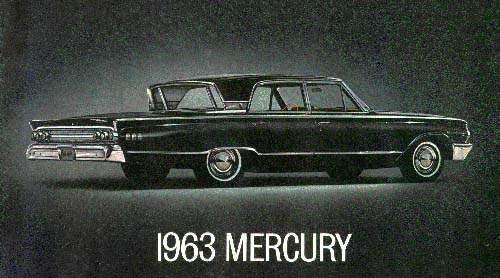
My true love looked exactly like this:

Posted on 08/24/2008 7:40:45 AM PDT by yankeedame
My first Escort lasted me 10 years and over 250000 miles with almost no problems over that time... my second one has lasted almost 13 years so far, and the first time I had it worked on was last november.
When I met my wife in 1958 she was driving her Dad's '56 Dodge D500 with a Red Ram hemi engine, the same model that set the 1956 speed record for production cars on the Daytona beach straight track of 130 mph + change. I was driving a '57 Chevy hardtop "convertible" with the new 283 ci V8 that also powered most of the late '50s Corvettes.
I was pretty sure that my Chevy could beat her Dodge on the drag strip, but we never found out one way or the other because she was afraid that if we made a few late night drag runs on the rural road that served as the local after midnight drag racing track her father, who actually owned the car, would find out and take away her driving privileges.
I have been more or less a car "nut" since I learned to drive the family '41 Packard 120 when I was 12, and IMHO the American cars of the mid '50s to mid '60s were the most exciting cars to drive of all time. OTOH, that may be just my memory card malfunctioning again, because most people of my age who I know think the late '60s muscle cars were the most exciting.
I guess it depends on what cars you drove when you were having the most fun, and for me that was the classic '57 Chevy with the the 283 stovebolt V8 and the Power Pack 4-barrel option. Where did all those years between then and now go, and what was I doing when they went by?
I remember how it had an incredible amount of open space under the hood compared to modern cars.
Anyone I knew that owned a 1981 Dodge Aries and Plymouth Reliant series car had a ton of trouble with them. When I have trouble with a brand I'll always switch to another the next time.
I don’t know that the Taurus was “under appreciated”. Didn’t it win “Car of the Year” three years in a row? I had an ‘87. It was a really well built and reliable car. If it hadn’t been totalled it would probably still be running today.
You can rewind that a bit more. The Mustang II was built on the Pinto platform which featured the rack-and-pinion steering you refer to.
Right. I bought a very much used '67 Falcon for a go to work and back car. It was very simple and easy to work on, which was fortunate for me since mine had 130K on the clock when I bought it for $200 and it required frequent parts replacements to keep it going.
Back then a car that went over 125K miles or so without a major engine overhaul and other major work was considered to be a reliable, durable car. My made in America Nissan Altima now has over 190K on the original engine, auto tranny, and A/C compressor and with very, very few mechanical problems of any kind since new. Chalk up he improved durability to much better lubricants, more emphasis on engineering over styling, and computer controlled machining of mechanical components of the later model year cars.
Hot Rodders don’t use the “P” word to describe the Mustang II front suspension...
Cool article.
One thing they didn’t mention when discussing the Cherokee is that EPA regs drove the switch from station wagons to SUVs - the SUV only had to meet the lesser truck emission standards.
She’s real fine !

My true love looked exactly like this:

 my Mom used to saysaid "It cries every time it go's past a gas station." this one's even the same color.
my Mom used to saysaid "It cries every time it go's past a gas station." this one's even the same color. 
Ah yes, the 409; so began a long and frustrating history of camshaft-eating uncured engine blocks.
Getting rid of the oil flushing carburetors of the past was the single most important improvement in engine longevity; if you added an oil accumulator and a pre-oil system to a modern port injection engine 400,000 miles would not be out of the question.
The 409 horsepower version of the 409, I believe.
Accumulators are commonly used on diesel powered gensets, they consist of a charged diaphragm inside a metal container of approximately one quart to one gallon; they are supplied with system lube during operation and pre-lube the turbocharger and pressure system on startup and post-lube the turbo on shutdown through a set of electrically controlled vales and piping.
With bypass filters in addition to full flow filters the complete system extends the service interval by a factor of three and double service life, on average.
A competent mechanic could adapt one to a car engine in a single day and simply use the piping to pre-lube the engine oil system for about 5-10 seconds so that none of the moving parts are starting up “dry.”
That Merc and the Continental of the same three year design period had the biggest back seats ever and that retractable rear window mid-section. I had a peach colored six-year-old Lincoln in HS.
Disclaimer: Opinions posted on Free Republic are those of the individual posters and do not necessarily represent the opinion of Free Republic or its management. All materials posted herein are protected by copyright law and the exemption for fair use of copyrighted works.